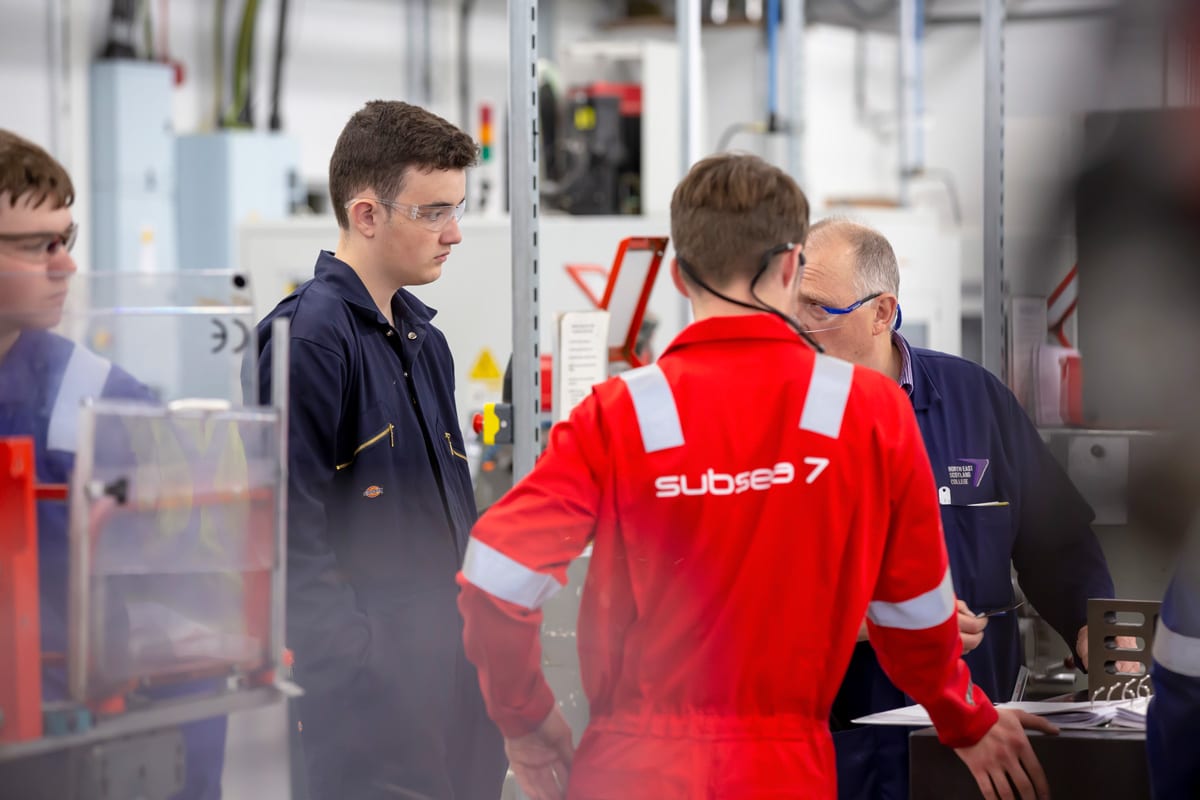Entry requirements
It would be beneficial if the candidate had knowledge and understanding of mathematics and/or physics at Higher level or a National Certificate in Engineering as a minimum. It would be beneficial to have achieved the unit in Engineering Principles, although entry is at the discretion of the centre.















